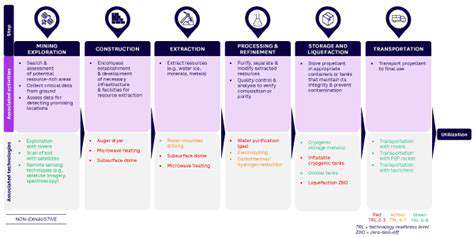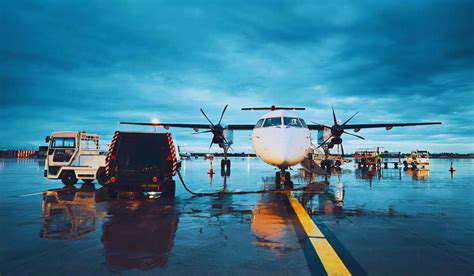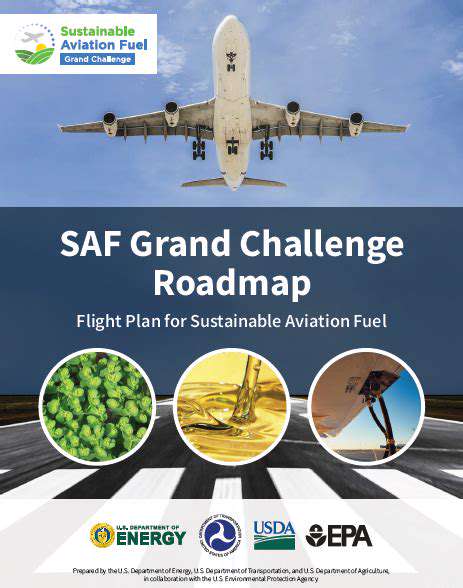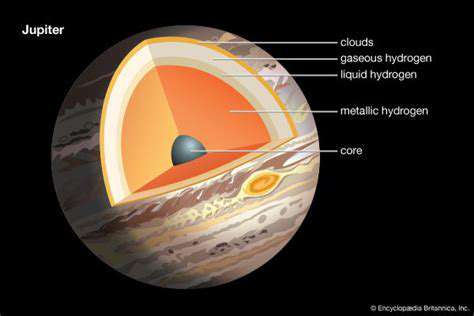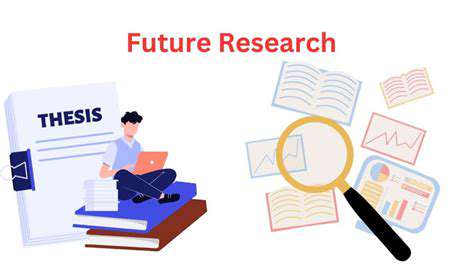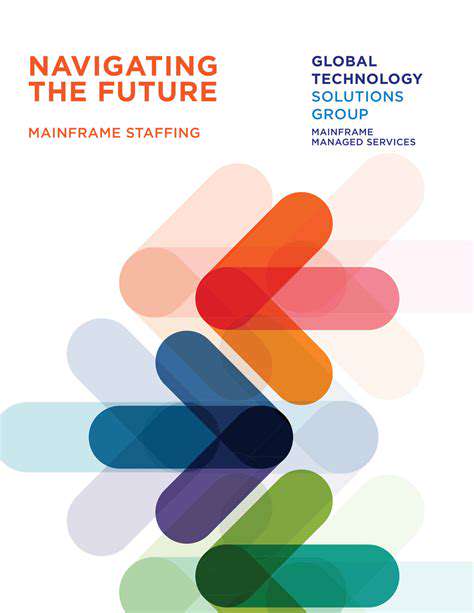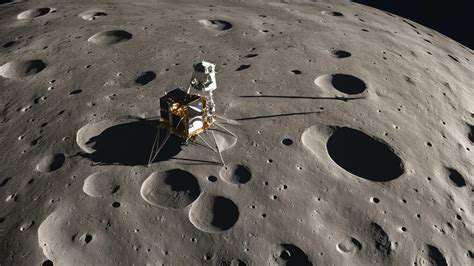The integration of drones into supply chains is rapidly transforming how goods move across the globe. These flying marvels are rewriting the rules of logistics by offering unprecedented speed, efficiency, and cost savings, especially for those tricky last-mile deliveries and hard-to-reach locations. Unlike traditional methods constrained by roads and traffic, drones soar above obstacles, slashing delivery times and delighting customers with near-instant gratification.
Picture this: your online order lands gently on your doorstep before you've even finished your morning coffee. What once sounded like science fiction is now becoming everyday reality. What's truly exciting is that this technology isn't just for Amazon-sized corporations - local businesses and innovative entrepreneurs are finding clever ways to harness drone power for their operations.
Breaking Geographic Barriers
Drones possess a unique superpower: they laugh in the face of difficult terrain. While trucks get stuck in mud and boats struggle with rough seas, drones zip over mountains, forests, and lakes with equal ease. This capability is revolutionizing delivery to rural communities, island populations, and disaster zones where conventional transport fails.
The business implications are staggering. Companies can now serve customers they previously had to turn away. That remote bed-and-breakfast needing weekly gourmet supplies? The island resort requiring emergency medical deliveries? Suddenly, these become viable - and profitable - business opportunities.
The Need for Speed
When minutes matter, drones outpace ground transportation every time. By cutting out traffic lights, road construction, and other surface-level delays, drones deliver medications, spare parts, and emergency supplies at game-changing speeds. In medical emergencies, this speed can literally save lives.
The efficiency gains ripple through entire operations. Fewer vehicles on the road means less wasted time, lower fuel costs, and happier customers. Automated drone systems don't need lunch breaks or sleep, enabling 24/7 operations that keep pace with our always-on economy.
Economic and Environmental Win-Win
The financial case for drones keeps getting stronger. With fewer trucks burning fuel and fewer drivers needing paychecks, operating costs plummet. Small businesses particularly benefit, as drones help them compete with larger rivals without massive infrastructure investments.
Mother Nature approves too. Electric drones leave a tiny carbon footprint compared to gas-guzzling delivery vans. As consumers increasingly demand eco-friendly options, companies using drone delivery gain both moral and marketing advantages.
Navigating the Challenges
Of course, this revolution faces hurdles. Governments worldwide are still figuring out how to regulate drone traffic without stifling innovation. The key will be crafting smart policies that ensure safety without grounding progress. Other challenges include improving battery life, weather resistance, and package security - all areas seeing rapid technological advances.
Infrastructure must evolve too. We'll need drone gas stations for recharging, maintenance hubs, and smart systems to manage increasingly crowded skies. These investments will pay dividends as drone networks mature.
Safety as Priority One
Public acceptance hinges on safety. That's why the industry is investing heavily in collision avoidance systems, emergency protocols, and rigorous operator training. Multiple redundancy systems ensure that if one component fails, backups take over seamlessly.
Privacy concerns also matter. Strict data policies and no-fly zones around sensitive areas help maintain public trust as drones become ubiquitous in our skies.
The Road Ahead
The future looks bright - and busy - above us. As artificial intelligence and machine learning make drones smarter, we'll see fully autonomous fleets optimizing delivery routes in real-time. Breakthroughs in battery tech will extend range and payload capacity, opening new possibilities.
We're witnessing more than just a new delivery option - this is a fundamental rethinking of how goods move. The companies that embrace this shift today will lead the logistics revolution of tomorrow, delivering not just packages, but a whole new level of customer service and business efficiency.
Enhanced Efficiency and Cost Savings
Delivery at Warp Speed
Uncrewed Aircraft Systems (UAS) are giving logistics a turbo boost. Their bird's-eye view of cities and countryside lets them find the fastest path, dodging traffic jams and construction zones that slow ground vehicles to a crawl. Customers accustomed to waiting days now receive packages in hours, creating satisfaction that builds brand loyalty. Pinpoint GPS navigation ensures your precious cargo arrives exactly where - and when - it should.
The Bottom Line Benefits
The financial advantages stack up quickly when drones enter the equation. No more paying truck drivers to sit in traffic or maintaining fleets of delivery vans. One drone can make dozens of deliveries on a single charge at a fraction of traditional costs. The savings compound when you factor in reduced insurance premiums, lower accident rates, and minimized vehicle depreciation.
Safety in the Skies
Ironically, removing human drivers actually makes deliveries safer. Drones don't get distracted by text messages or drive drowsy. Advanced obstacle detection systems act like super-alert co-pilots, preventing mid-air mishaps. Real-time tracking means you always know your shipment's location - a powerful theft deterrent that gives both businesses and customers peace of mind.
Reaching the Unreachable
That tiny village at the end of a washed-out mountain road? The research station in Antarctica? Suddenly, they're viable business destinations. Drones erase the last mile problem that's plagued logistics for centuries, creating economic opportunities in places previously written off as too hard to serve.
Versatility Takes Flight
From delivering pizzas to transporting life-saving vaccines, drones prove remarkably adaptable. Their payload capacities keep increasing while their operational flexibility - flying day or night, in various weather conditions - makes them the Swiss Army knives of logistics. Specialized drones can even team up, with larger mothership drones carrying multiple smaller ones for complex delivery missions.
Inventory in Motion
Modern drones do more than transport goods - they're flying data centers. Equipped with scanners and sensors, they provide real-time inventory updates as they move through warehouses and distribution centers. This constant flow of information helps businesses optimize stock levels, reduce waste, and respond instantly to shifting demand.
Greening the Supply Chain
In an era of climate consciousness, drones offer a sustainability edge. Electric-powered and emissions-free, they help companies meet environmental goals while appealing to eco-aware consumers. Fewer delivery trucks mean less urban congestion and cleaner air - benefits that communities notice and appreciate.
Beyond Delivery: Expanding UAS Applications

The Versatility Revolution
Calling drones flying delivery robots is like calling smartphones fancy walkie-talkies. Today's UAS are transforming industries in ways we're just beginning to understand. From saving crops to saving lives, these high-tech helpers are proving their worth far beyond the shipping department.
Farmers' High-Tech Helpers
Modern agriculture has gone airborne, with drones serving as flying agronomists. Equipped with multispectral cameras, they detect thirsty crops before leaves wilt, spot nutrient deficiencies invisible to the naked eye, and identify pest infestations early. The result? Higher yields with fewer chemicals - better for both farmers' profits and the planet.
Guardians of the Environment
Conservationists deploy drones as high-tech park rangers. They track endangered species without disturbing them, monitor deforestation in real-time, and patrol protected areas against poachers. After oil spills, drones map the damage faster than boats or planes, directing cleanup crews to the most critical areas.
Disaster Response Heroes
When disaster strikes - be it earthquake, flood, or wildfire - drones are often first on the scene. Their ability to survey damage and locate survivors quickly makes them invaluable lifesaving tools. Thermal cameras spot heat signatures through smoke and rubble, while loudspeakers can communicate with survivors until help arrives.
Infrastructure Inspectors
Gone are the days of workers dangling from bridges or climbing cell towers. Drones provide close-up inspections without risking human lives. They spot cracks in dam walls, corrosion on oil pipelines, and wear on wind turbine blades - all while engineers review the footage safely on the ground. The savings in reduced downtime and improved worker safety are enormous.
The Future of UAS in Logistics: A Seamless Integration
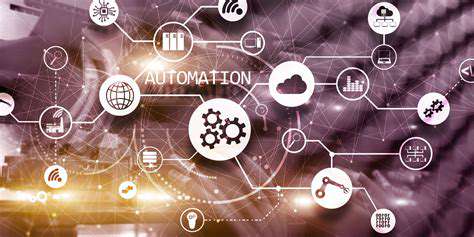
Tomorrow's Delivery Network
The drone delivery ecosystem of the future will resemble an intricate aerial ballet. Swarm technology will enable coordinated fleets to handle massive delivery volumes with military precision. Picture hundreds of drones working in harmony, each aware of the others' positions and routes, delivering everything from groceries to construction materials with clockwork efficiency.
Connecting the Unconnected
The most profound impact may come from serving communities traditional logistics forgot. Remote indigenous villages, offshore platforms, and scientific outposts will enjoy the same access to goods as big-city dwellers. During emergencies - when roads are impassable - drones become literal lifelines, delivering medicines and supplies when they're needed most.
The Economics of Automation
As drone technology matures, the cost-benefit equation keeps improving. Self-charging docking stations, predictive maintenance algorithms, and AI-powered route optimization will drive costs down while reliability soars. The result? Faster, cheaper deliveries that benefit both businesses and consumers across the economic spectrum.
Safe Skies for All
The aviation industry is rising to the regulatory challenge. Next-generation air traffic control systems will manage drones alongside traditional aircraft. Advanced geofencing will protect sensitive areas, while fail-safe systems ensure drones never lose control. These safeguards are crucial for earning public trust in our increasingly crowded skies.
Sustainability Takes Flight
The environmental benefits will multiply as drone technology evolves. Solar-powered drones could eventually deliver packages with zero carbon footprint. Lighter, stronger materials will reduce energy needs, while optimized flight paths minimize noise pollution in residential areas.
The Innovation Pipeline
Research labs worldwide are pushing boundaries. New battery chemistries promise longer flights. AI navigation handles complex urban environments. Swarm intelligence enables collective problem-solving. Each breakthrough unlocks new possibilities, ensuring drone logistics will keep evolving in ways we can't yet imagine. One thing's certain - the future of delivery is looking up.

